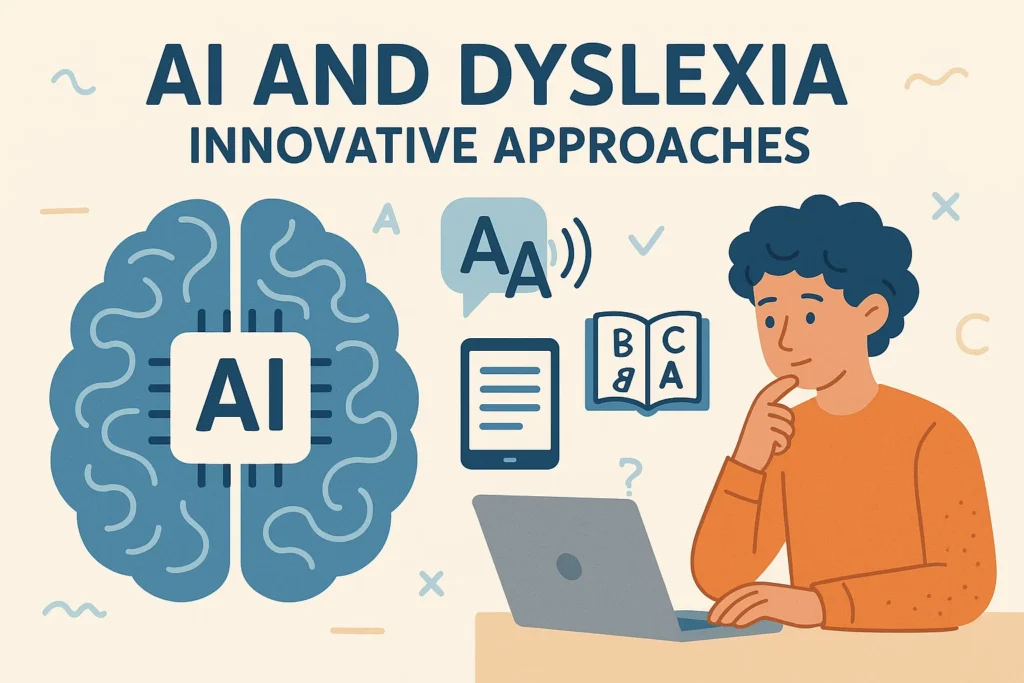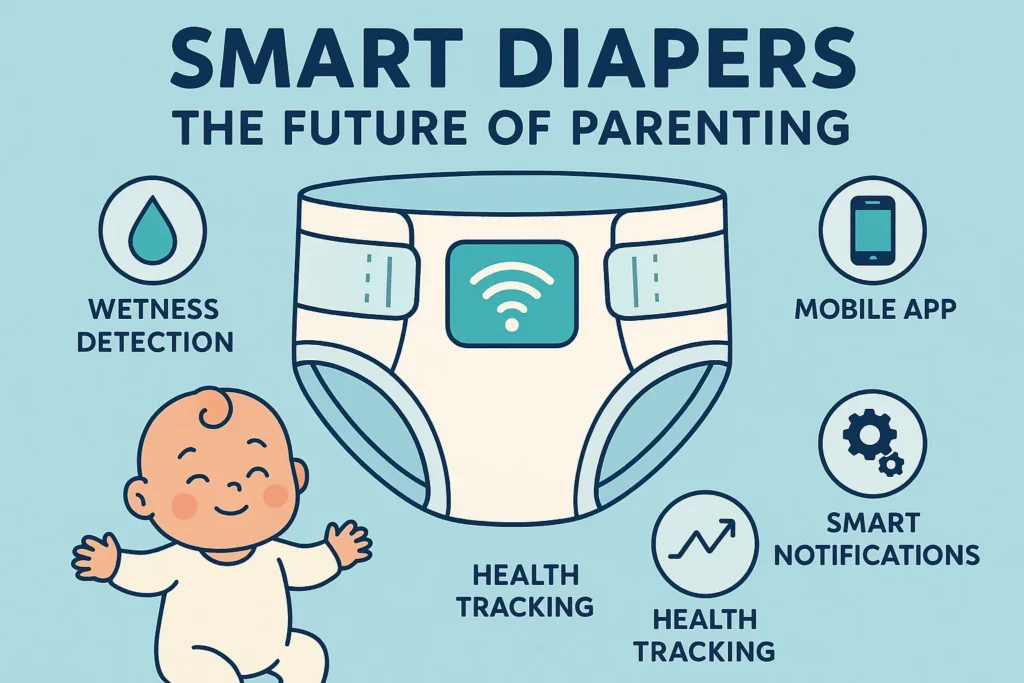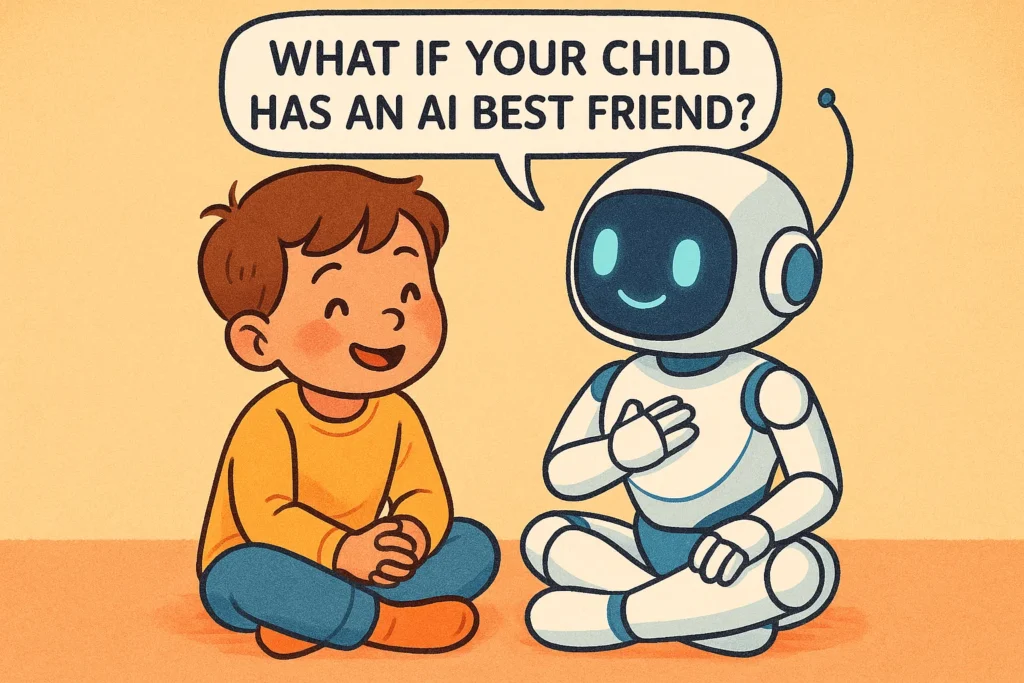🌟 Introduction
At AiBlogQuest.com, we’re passionate about exploring how artificial intelligence can enhance learning for every child. One area where technology has made an incredible impact is in addressing dyslexia — a common learning difficulty that affects reading and writing skills.
With the integration of AI and Dyslexia research, new tools are giving hope to students, parents, and educators by transforming the way reading support is delivered — making learning smarter, faster, and more inclusive.
📖 Understanding Dyslexia
Dyslexia isn’t about intelligence; it’s about how the brain processes language. Children with dyslexia often struggle with spelling, reading fluency, and word recognition. Traditional learning methods sometimes fail to meet their needs — but AI changes that.
Using machine learning, natural language processing (NLP), and speech recognition, AI systems can now adapt lessons to each learner’s pace and style.
🤖 How AI Supports Students with Dyslexia
1. 🗣️ Text-to-Speech and Speech-to-Text Tools
AI-based text-to-speech (TTS) tools help dyslexic students by reading aloud text from books or screens, reducing strain and improving comprehension. Likewise, speech-to-text tools allow students to express ideas verbally and have them transcribed automatically.
2. 📚 Personalized Reading Experiences
AI learning platforms can track a child’s reading habits — identifying difficult words and creating customized reading plans. This personalized feedback makes learning more engaging and less frustrating.
3. 💡 AI Spell Checkers for Dyslexia
Unlike standard spell checkers, AI-enhanced writing assistants understand phonetic spelling errors common in dyslexia and provide context-aware suggestions.
4. 🧩 Visual and Audio Learning Tools
AI tools combine images, videos, and sounds to build multisensory learning experiences, helping students connect visual cues with phonetic sounds.
5. 🧠 Adaptive AI Tutors
AI tutoring systems use data analytics to recognize learning patterns and adjust difficulty levels — ensuring progress without overwhelming the learner.
6. 🌍 Multilingual Reading Support
AI can switch between languages and pronunciations, helping dyslexic learners who are bilingual or learning new languages.
💬 Real-World Applications
-
Microsoft’s Immersive Reader uses AI to break text into syllables, highlight words, and read aloud in natural voices.
-
Google’s Reading Along app listens as children read, offering instant feedback.
-
Lexia Learning’s AI-driven literacy platform provides tailored interventions based on real-time data.
These tools prove how AI and Dyslexia research can transform classrooms into inclusive learning environments.
⚖️ Benefits and Challenges
Benefits:
-
Customized learning experiences
-
24/7 access to educational tools
-
Encourages reading confidence
-
Reduces learning anxiety
Challenges:
-
Requires digital literacy for parents and teachers
-
Data privacy concerns
-
Overreliance on automated tools
Balanced use of AI ensures it enhances — not replaces — traditional learning methods and human support.
🌈 The Future of AI and Dyslexia
The next wave of AI and Dyslexia innovation will focus on real-time emotional feedback, voice-based comprehension analysis, and AI-powered reading glasses that can read text aloud on the go.
In the near future, children with dyslexia may no longer feel left behind — instead, they’ll be equipped with AI tools that empower their unique way of learning.
🔗 Useful Links – AiBlogQuest.com
-
AI for Identifying Learning Disabilities Early
-
Using AI to Support Speech Delays
❓ FAQ
Q1: Can AI cure dyslexia?
No. Dyslexia isn’t curable, but AI can help manage and overcome learning barriers through customized reading and writing support.
Q2: Are AI tools suitable for all ages?
Yes. Many apps and AI tutors are designed for children as young as 5, while others cater to teenagers and adults.
Q3: Is AI-based learning better than traditional methods?
AI complements traditional teaching by making learning adaptive, accessible, and fun — not a replacement for teachers or therapists.



